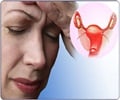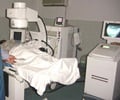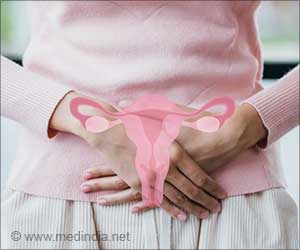The women who underwent physical therapy that includes pelvic floor muscle training enjoyed a dramatic 75% reduction in urine leaks.

‘Women with bone loss or at risk for bone loss need strength training in addition to adequate calcium and vitamin D to prevent further bone loss and decrease fracture risk.’





All the women had gone through menopause and had incontinence and osteoporosis or low bone density. Incontinence included stress incontinence--leaking with activity that puts pressure on the bladder, such as coughing, laughing, or running, urge incontinence--leaking before reaching the toilet when there is a strong urge to urinate, or a mixture of the two types. Half of the women went through 12 weekly sessions of physical therapy with a trained physical therapist. The therapy involved pelvic floor muscle exercise and retraining with biofeedback as well as other advice and techniques such as urge control and dietary changes. The other women had a three-hour education session on physical activity, diet, and medications used to prevent or treat osteoporosis, one-on-one sessions with a dietitian and physical therapist, and extensive follow-up discussions with healthcare providers.
At the beginning of the study and after three months and one year, all of the women completed bladder diaries, incontinence and self-efficacy questionnaires, and pad tests, which measure how much urine leaks over 24 hours. The researchers who assessed patients' progress or collected or analyzed the data did not know which patients got physical therapy and which got osteoporosis education.Three months after the study began, the women who underwent physical therapy enjoyed a dramatic 75% reduction in urine leaks, whereas the other women did not improve.
The physical therapy group also had significantly better results on the incontinence questionnaires. One year later, the women who got physical therapy still enjoyed the 75% reduction in leak episodes, whereas the other women got worse.
The physical therapy group also had better pad test results and maintained better scores on one of the incontinence questionnaires.No one knows why women with osteoporosis after menopause have worse problems with incontinence than those who don't have osteoporosis. But it is crucial for them to have effective treatment for incontinence.
Advertisement
"Dr. Pinkerton finds this study particularly important for clinical care of these women because of the sustained, long-term improvement in incontinence with physical therapy in the group of postmenopausal women who need treatment the most--those who already have bone loss and need physical activity to improve their bone density.
Advertisement













